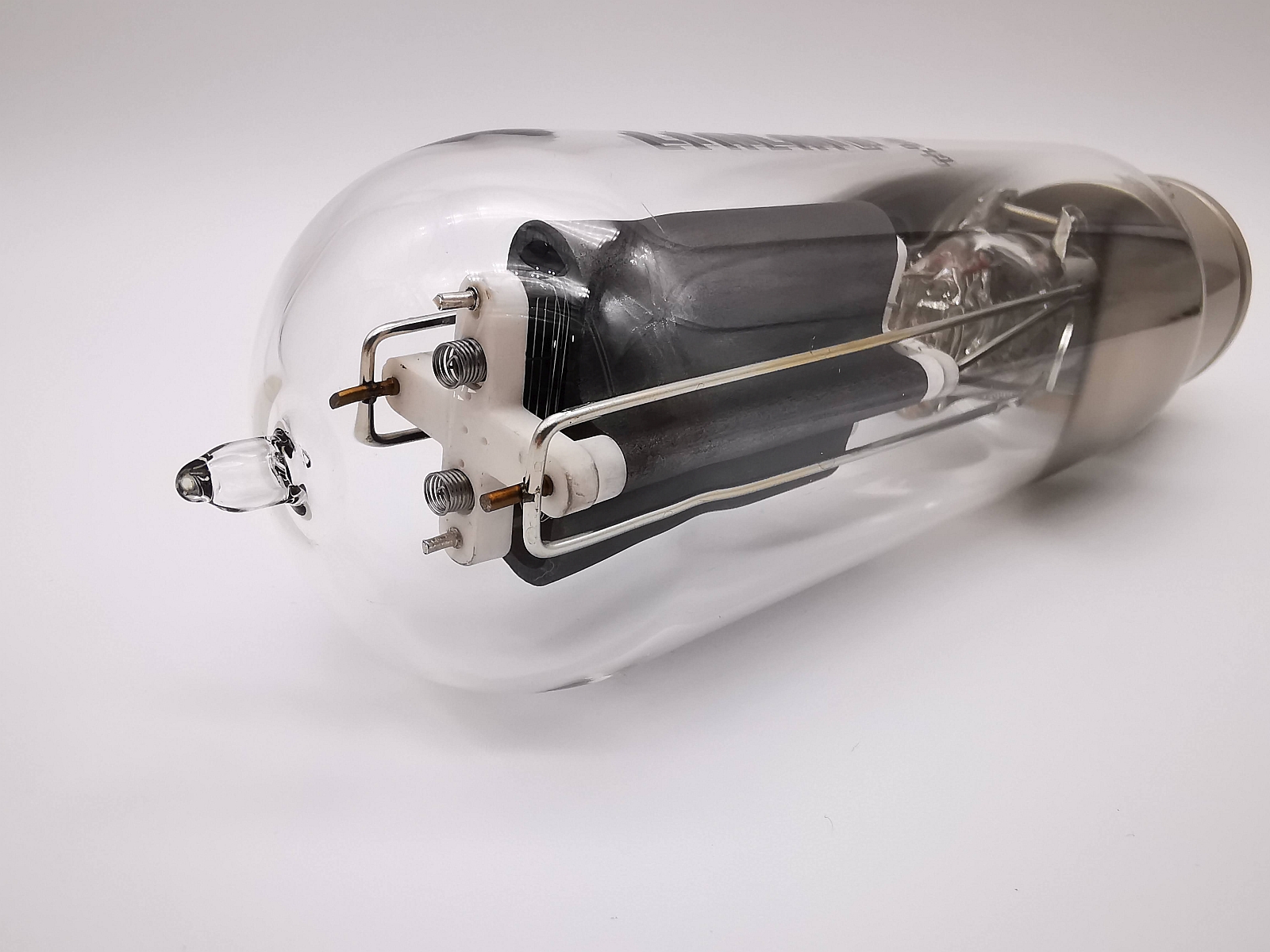In a short answer, yes. But there is extra shipping charges for re-directing the order to ship from Canada instead of our usual tube shipping warehouse in Hong Kong. The extra shipping charges is to cover shipping from Canada to the buyer – our free shipping offer only covers the first leg of the tube shipping (from Hong Kong to Canada for matching).
Please add a note in your order if you do need matched quad. We will check our inventory and let you know if we have them readily available. There is no extra charge for providing matched quad but availability will be depending on stock.
Do you need matched quad?
For power tubes (such as 845/211/805) without manual biasing, you should always try to get matched quad. If not possible, you should split each pair for both channels – i.e. if two pairs of tubes are 1A, 1B, 2A and 2B. Use 1A and 2A on the left channel; 1B and 2B on the right channel (same order as left). This way you will get your stereo perform as balanced as possible.
Most high voltage tube amps using 845, 805 and 211 have manual biasing.
For preamp tubes, follow the same rules as above when using matched pairs instead of matched quad.


